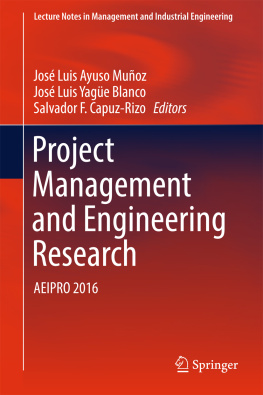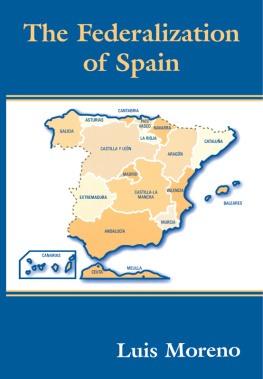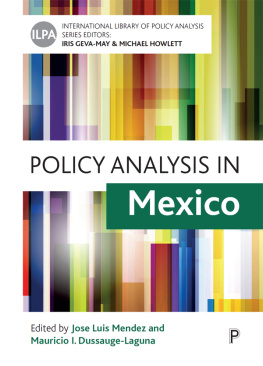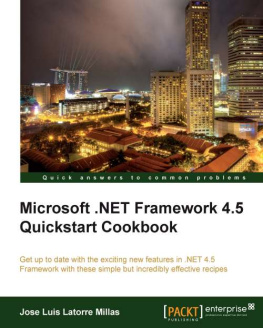Introduction
The relevance of PM nowadays seems to be obvious, considering the different arguments provided by several authors. Projects are the means by which strategies are performed (Cleland ).
Regarding PM research, some authors claim that it is still in its early stages (Sauser et al. ) suggest a new point of view beyond the good versus bad management perspective. In its place, it should be aimed to determine whether the management was right or not in any given particular situation.
One of the PM-related areas that have received more attention in recent years is the Project Portfolio Management (PPM). The interest in this area is due to the fact that most projects are performed in multi-project environments (Payne ).
On the other hand, these works have been developed assuming certain stability and predictability levels which cannot always be taken for granted, especially when the contexts are uncertain or dynamic (Petit and Hobbs ). According to the authors, Organizations facing higher uncertainty in dynamic environments put in place different approaches to maintain efficiency while keeping the organization flexible . Indeed, changes of goals or priorities, short-term execution management needs, new projects and sudden opportunities are only a few examples of situations these contexts are plagued by. This leads to the conclusion that the solutions to properly manage these environments require something else than what is offered by those approaches.
Similarly, assuming that programs and projects are operational activities performed in organizations, Maylor et al. () provide a view of the PBO comprised of four elements: strategic intent, focus, fit and configuration of resources, concluding as well that the alignment is an important factor as it could be beneficial to achieving the global goals.
The recent work of Smith and Smith (). Instead of superior project delivery capability, the term high due - date performance is used, where Flow is the key to return on investment (ROI). They claim that the inability of companies to get and use the information needed to perform in alignment with the ROI is the main problem for many companies today. In other words, the way companies measure their performance, assuming that local efficiency improvements will lead to an improvement of the companys global efficiency, is causing the organizations to lose the connection to Flow.
In other works, the relevance of performance measurement and metrics was highlighted (Smith ). They identify some related problems, such as the lack of fit between the environment, strategy and what is being measured . Thus, the alignment seems to be a key ingredient for the proper management of the system yet again.
In summary, the perspectives provided by these and other authors suggest that there are many aspects requiring further research, especially considering the mutual influence they can exert over other factors.
The authors base this research on the opportunity provided by a real-world project. In order to enhance the comprehension, this document is arranged as follows: firstly, the main features of the observed company and its context are explained in Sect..
The Background of the Company
This inquiry deals with the case of a company that offers integral solutions to other companies which develop new products. In particular, it is focused on the pre-launch stage. By integrating all the different phases involved (i.e. designing, engineering, prototyping and manufacturing) the company is capable of taking over the whole new product development process.
The company is arranged into two business units: Prototypes and Manufacture of Products , and Checking Fixtures . This research is limited to the latter, devoted to the manufacturing of checking fixtures for plastic pieces and stamping pieces. The Management identified the main problematic features as following:
Highly customized products.
Each product is linked to a project. Average duration between 6 and 8 working weeks.
Lead time strongly influenced by the customers involvement (1 intermediate milestone: acceptance of the design proposed by the company).
Average portfolio consists of 80 projects, carrying out up to 50 of them simultaneously.
22 workers involved in this business unit.
From the customers perspective, the service is considered to be good. Nevertheless, on-time deliveries are attained at the expense of huge efforts like frequent insertion of non-programmed tasks or considerable overtime.
In short, the companys sensation was that lack of knowledge and maturity in PM was the cause for an unsatisfactory performance considering capacity. Therefore, the company aimed at improving the existing PM system.
Objectives
As explained in the introduction above, case studies are very important sources for PM research as they provide experience and information suitable for this purpose. The basis for this paper is a practice-based research which aim goes beyond the analysis of the implementation project of a method in a specific company. The project itself has an intrinsic value for this purpose, as there are very few descriptions of how firms can implement and maintain dynamic capabilities in practice (Petit and Hobbs ). Nevertheless, this is not the focus of this research. Instead, it addresses a closer view of the problems related to a real-world context when facing a project that aims to change the behavior of the company through the alteration of rules, roles and habits. The attainment of an aligned management of the whole system entails that a framework capable of performing under real conditions must be available. In this case it required to direct the organization effectively, consistently and sustainably.
The achievement of the research objectives depends on the implementation project. It is important to highlight that the scope of this inquiry is limited to the first stage and that the vehicle for this research was the implementation process itself. Therefore, the results will be divided into two parts: results of the implementation project and results of the research. To ensure a better understanding, firstly the objective of the project is explained, followed by the objective of the research.













